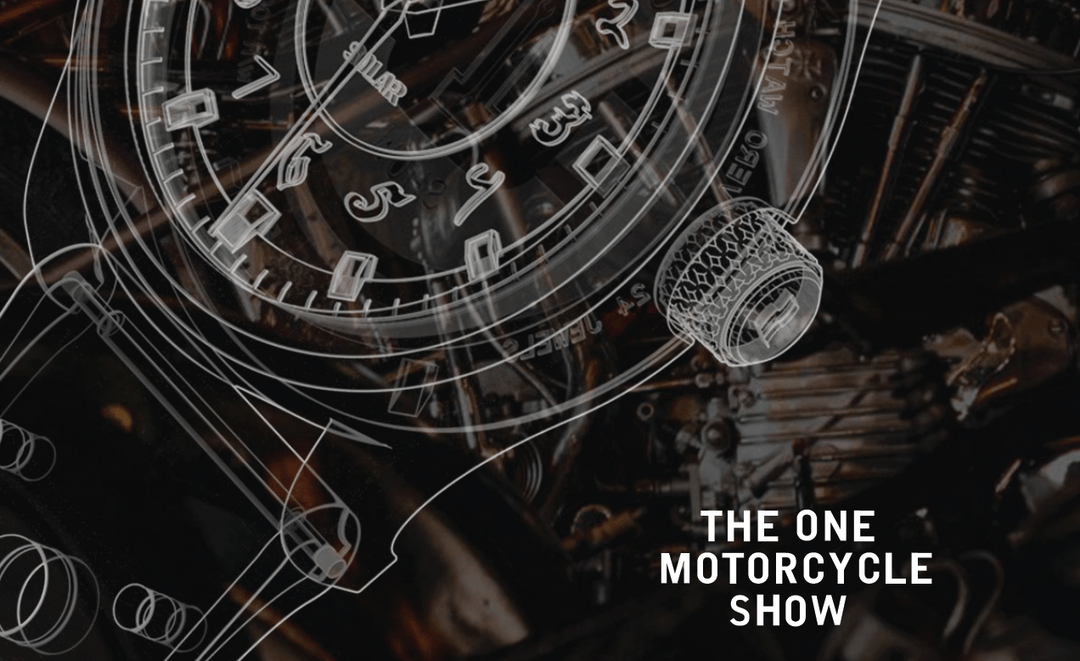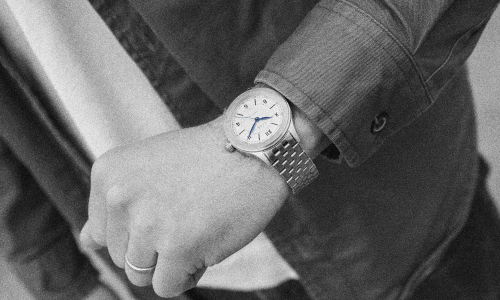Exploring The Differences Between Watch Movements

As someone who has always been fascinated by the mechanics of watches, I can attest to the fact that the watch movement is the most fascinating part of any timepiece. In this article, we’ll explore the various types of watch movements, including Automatic, Mechanical, Hand Wound, and Quartz, including their advantages, and how they work.
Automatic Watch Movements
Automatic movements, AKA self-winding movements, are powered by the energy generated by the wearer's arm movement. As the wearer moves and gestures, the watch's rotor spins, winding the mainspring, which in turn powers the watch. Automatic watches don't require a battery and are often preferred by watch lovers because you can set it and forget it.
The mainspring is the source of power for the watch. It stores the energy that gets released over time to keep the watch running. The rotation of the rotor winds up the mainspring. This is a tightly coiled, thin piece of metal that resembles the swirl in a snails shell. Once the mainspring is wound, it slowly releases that energy over time to power the watch's various functions. It pushes the rotation of the hands, as well as any additional complications, such as a date wheel, chronograph, or moon phase indicator.
Because automatic watches use the natural motion of the wearer's wrist to power itself, it will run continuously as long as it is worn regularly. If the watch is not worn for an extended period, it will eventually run out of power and need to be manually wound with a few gentle turns of the crown to get it jump started again. That might seem like a pain for those that swap out their watch regularly. But the average automatic movement, like the ones in our Open Water series, has a power reserve of up to 42 hours.

Mechanical Movements
Mechanical watch movements are powered by a mainspring that must be manually wound. These types of movements are often called hand wound, manual wind, or wind up watches. Check out the key differences between mechanical vs automatic movements in our last blog post.

As the mainspring unwinds in a mechanical watch, it powers the watch movement, causing the hands to move forward. Yep, just like in an automatic movement.
Mechanical watches are often preferred by watch enthusiasts for their craftsmanship and complexity. There is an overall appreciation for the tactile experience one gets from winding up the gears in their watch. Most watch companies will include an exhibition caseback in their designs so the wearer can view the mechanics at work. Manual wind movements are also valued for their longevity, as they can be serviced and repaired for decades, and make for great heirloom pieces.
Take a look at our Meridian Manaul Wind series for an example of the exhibition caseback.

The 18th century brought the invention of the lever escapement, a mechanism that controls the motion of the balance wheel and helps to regulate the timekeeping. A typical watch lever escapement beats at 18,000 or more beats per hour. This tiny part was a major breakthrough that drastically improved the accuracy of mechanical movements.
In the 20th century, mechanical movements continued to evolve, with the introduction of new materials and manufacturing techniques. The development of shock-resistant and anti-magnetic movements made watches more durable and reliable. Take a look at Incabloc Technology- a tiny part that takes shock absorption to a new level.

Quartz movements
These movements use a battery to power a small quartz crystal that vibrates at a specific frequency. This vibration is used to regulate the timekeeping of the watch. We know this sounds like some sort of witchcraft. But we’ll explain a little further.
The first patent for a quartz crystal clock was filed by Warren Marrison, an American engineer, in 1927. However, the technology was still in its infancy, and the accuracy of the first quartz clocks was limited. In today’s quartz movements, the batteries can be as slim as 1.6mm (check out the SR416SW battery) and have a life expectancy of up to two years.
The introduction of quartz movements had a profound impact on the watch industry. Quartz watches, like the VERO Workhorse Chrono, were much more accurate than traditional mechanical watches and they were also much cheaper to produce. This made watches more accessible to the general public and helped to make them a popular fashion accessory.
Today, quartz movements are the most widely used type of movement in the watch industry. They are used in everything from inexpensive fashion watches to high-end luxury timepieces. While quartz movements may not have the same prestige and craftsmanship as traditional mechanical movements, they are reliable, accurate, and practical, making them a popular choice for many watch wearers.
Kinetic movements

The history of kinetic movements can be traced back to the 1980’s when Seiko introduced the first kinetic watch. Kinetic movements combine the best of mechanical and quartz movements, using the natural motion of the wearer's wrist to generate electricity, while also providing the accuracy and reliability of a quartz movement.
These movements are similar to automatic mechanical movements, but instead of winding a mainspring, they use a rotor that generates electricity as it moves. This electricity is then stored in a rechargeable battery, which powers the watch. VERO is changing things up and coming out with a watch with a Kinetic movement. Keep an eye out this Spring, 2023!
In recent years, there has been a trend towards more sustainable and eco-friendly products, and kinetic movements have become even more popular as a result. These movements have also become popular among watch enthusiasts who appreciate the convenience of not having to replace batteries and the environmentally-friendly aspect of having a rechargeable battery. Many watch companies are now incorporating solar power into their kinetic watches, allowing them to be powered by both natural motion and sunlight.
Solar-powered movements
These movements use solar panels to convert light into electricity, which is then stored in a rechargeable battery. This battery powers the watch.
In 1970s, the first solar-powered watches were introduced by Japanese watchmakers. These watches used photovoltaic cells to convert light into electrical energy, which is then stored in a rechargeable battery to power the watch.
Solar-powered movements offer several advantages over traditional quartz and mechanical movements. They are eco-friendly, as they don’t require batteries and therefore do not contribute to the buildup of electronic waste. They are also more reliable than traditional quartz movements, as they don’t require battery replacements and are not subject to the same issues with battery leakage or corrosion.
Solar-powered movements have also been used in more advanced watches, such as smartwatches, which rely heavily on power to function. With the increasing demand for sustainable and eco-friendly products, it is likely that solar-powered movements will continue to grow in popularity and become even more advanced in the future.

Choosing the right watch movement ultimately comes down to personal preference. Do you prefer the traditional charm of a mechanical or hand wound movement, or the convenience of an automatic or quartz movement? Are you looking for a watch with additional complications, or do you prefer a simple timepiece?
Whatever your preferences, there is a watch movement out there that will suit your needs. By understanding the different types of watch movements and their advantages, you can make an informed decision when choosing your next watch, suited to your daily adventure.


